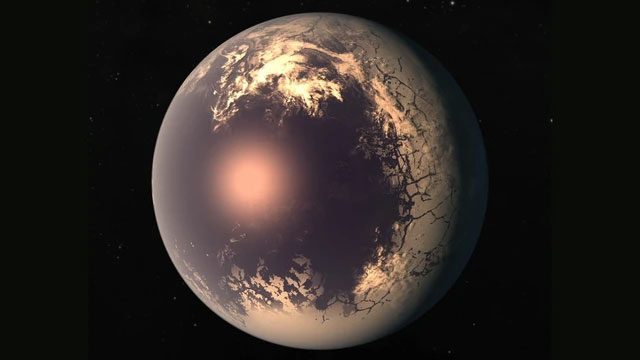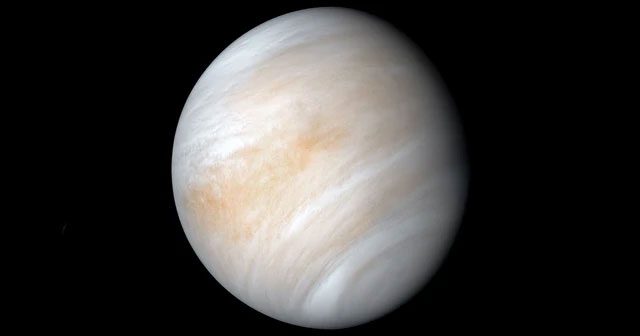Recently, studies on exoplanets have revealed the possibility of life existing on some planets beyond Earth, despite the vastly different conditions and environments.
1. Eyeball Planets
These planets resemble eyes staring intently at their eternal parent stars. The phenomenon of tidal locking has caused one side of these planets to be perpetually in daylight while the other remains in darkness. They are synchronized with their parent stars in a rotation shaped by gravitational interactions due to their close proximity.
The Moon is a celestial body that is tidally locked with Earth.

Eyeball Planet – (Graphic: LIVE SCIENCE).
According to an analysis led by astronomer Sean Raymond from the Bordeaux Astrophysics Laboratory in France, life could potentially thrive in the twilight zone between the two hemispheres of the eyeball planet.
Unlike the daytime side, which is scorched due to the evaporation of water, and the nighttime side, where water is completely frozen, this junction area may receive just enough heat for water to remain in liquid form, maintaining other conditions suitable for life.
2. “Hycean” Planets
A study published in September 2023 by a large international team of scientists identified a series of conditions conducive to life on K2-18b, an exoplanet located 111 light-years from Earth.

Hycean, meaning “aquatic planet” or “ocean planet” – (Graphic: SPACE).
Previously, the world’s most powerful space telescope, the James Webb Space Telescope, discovered two extremely important substances—carbon dioxide (CO2) and methane (CH4)—in the atmosphere of this planet, which are significant biosignatures in astronomy.
A year prior, researchers from the University of Montreal, France, pointed to TOI-1452b, a super-Earth ocean planet, which may even have a more hospitable environment than Earth, with a climate comparable to our planet’s temperate regions.
This planet is located 100 light-years away in the constellation Draco, with 22% of its mass being water.
3. Life in the Clouds
A study published in the journal Astrobiology by a team of scientists from the California Polytechnic State University (USA) suggests that extraterrestrial life may be closer than we think.
They could be floating in the seemingly deadly clouds of the planet closest to Earth: Venus.

Venus – (Image: NASA).
Analysis even indicates that the acidity levels and water activity in the clouds of Venus may fall within acceptable ranges for microbial life similar to those on Earth.
“We believe that the clouds of Venus would make an excellent target for missions to detect life, much like the clouds on Mars and Jupiter’s moon Europa,” said lead author Professor Rakesh Mogul.
The Goldilocks Zone – or “habitable zone” – of the Solar System is not exclusive to Earth; Venus and Mars also fall within this category.


















































